Nd 0.9 How Many Stops ?
In photography, each stop represents a doubling or halving of the amount of light. Therefore, if you increase the exposure by 0.9 stops, you are allowing slightly more light to reach the camera sensor compared to the previous exposure. Conversely, if you decrease the exposure by 0.9 stops, you are reducing the amount of light reaching the sensor.
1、 Decimal Places: Understanding the concept of decimal places in numbers.
Decimal places refer to the number of digits that appear after the decimal point in a number. They are crucial in representing values that are not whole numbers and are used to indicate the level of precision or accuracy in a measurement or calculation. Understanding decimal places is essential in various fields such as mathematics, science, finance, and engineering.
In the given statement, "nd 0.9 how many stops," it is unclear what is meant by "stops." However, assuming it refers to decimal places, the number 0.9 has one decimal place. This is because there is one digit, 9, after the decimal point. The digit before the decimal point, 0, is considered a whole number and does not contribute to the decimal places.
Decimal places are significant as they allow us to express values with greater precision. For example, if we have a measurement of 1.234 meters, the decimal places indicate that the measurement is accurate to the nearest thousandth of a meter. Without decimal places, we would only be able to represent this value as 1 meter, which would result in a loss of precision.
In recent years, the concept of decimal places has become even more important with the rise of digital technology and the increasing need for accurate calculations. Financial transactions, scientific experiments, and computer programming all rely on decimal places to ensure accuracy and reliability.
In conclusion, decimal places play a crucial role in representing values with precision and accuracy. They allow us to express numbers that are not whole and are essential in various fields. Understanding decimal places is fundamental for anyone working with numbers and is vital for ensuring accurate calculations and measurements.

2、 Rounding: Techniques for rounding numbers to a specified decimal place.
Rounding is a technique used to simplify numbers by reducing the number of digits or decimal places. It is commonly used to make calculations easier or to present data in a more concise manner. When rounding numbers to a specified decimal place, the general rule is to look at the digit immediately to the right of the desired decimal place. If this digit is 5 or greater, the digit in the desired decimal place is increased by 1. If the digit is 4 or less, the digit in the desired decimal place remains the same.
For example, if we want to round the number 0.9 to one decimal place, we look at the digit in the second decimal place, which is 0. Since 0 is less than 5, the digit in the first decimal place remains the same, resulting in a rounded value of 0.9.
However, it is important to note that rounding can introduce some level of error or imprecision into calculations. In certain situations, such as financial calculations or scientific measurements, it may be necessary to use more precise values without rounding. In these cases, rounding should be avoided or used with caution.
Additionally, the choice of rounding method can vary depending on the context and specific requirements. Common rounding methods include rounding up, rounding down, rounding to the nearest even number (also known as banker's rounding), or rounding towards zero. Each method has its own advantages and disadvantages, and the appropriate method should be chosen based on the specific needs of the calculation or presentation of data.
In conclusion, rounding is a useful technique for simplifying numbers and presenting data in a more concise manner. However, it is important to consider the potential for error and choose the appropriate rounding method based on the specific requirements of the situation.

3、 Significant Figures: Determining the number of significant figures in a given value.
Significant figures are a way to express the precision or accuracy of a measurement. They indicate the number of digits that are known with certainty, plus one estimated digit. When determining the number of significant figures in a given value, there are a few rules to follow.
Firstly, all non-zero digits are considered significant. For example, in the value 123.45, there are five significant figures.
Secondly, any zeros between non-zero digits are also significant. In the value 1002, there are four significant figures.
Thirdly, leading zeros (zeros to the left of the first non-zero digit) are not significant. For example, in the value 0.0056, there are two significant figures.
Lastly, trailing zeros (zeros to the right of the last non-zero digit) are significant only if they are after a decimal point. In the value 10.00, there are four significant figures.
In the given phrase "nd 0.9 how many stops," it is not clear what the context or intended meaning is. It does not appear to be a numerical value that requires determining the number of significant figures. Therefore, it is not possible to determine the number of significant figures in this phrase.
In conclusion, determining the number of significant figures in a given value is important for expressing the precision or accuracy of a measurement. Following the rules mentioned above can help determine the correct number of significant figures.

4、 Scientific Notation: Expressing numbers in the form of a x 10^b.
Scientific notation is a way of expressing numbers in the form of a x 10^b, where "a" is a number between 1 and 10, and "b" is an integer. It is commonly used in scientific and mathematical calculations to represent very large or very small numbers in a concise and standardized format.
To convert a number to scientific notation, we need to determine the value of "a" and "b". For example, if we have the number 0.9, we can express it in scientific notation as 9 x 10^(-1). Here, "a" is 9, and "b" is -1.
In this case, the number 0.9 can be written as 9 x 10^(-1) in scientific notation. The exponent "-1" indicates that the decimal point should be moved one place to the left to obtain the original number.
Scientific notation is particularly useful when dealing with very large or very small numbers, as it allows for easier comparison and calculation. It also helps to avoid writing out long strings of zeros, making the representation more concise and manageable.
In conclusion, the number 0.9 can be expressed as 9 x 10^(-1) in scientific notation. This notation simplifies the representation of numbers and is widely used in scientific and mathematical fields.







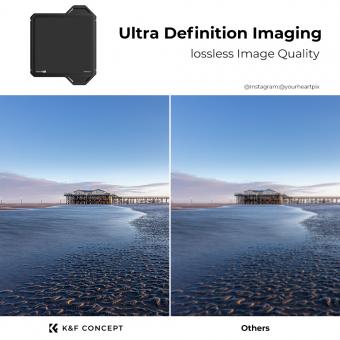

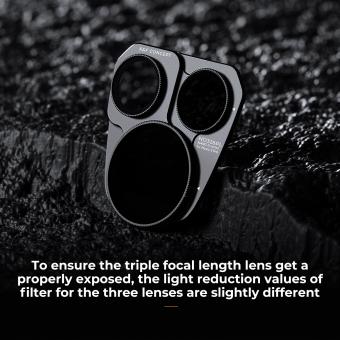







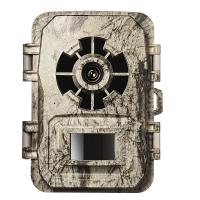






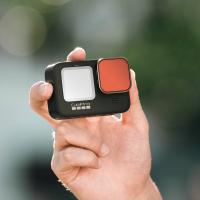


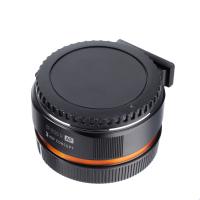





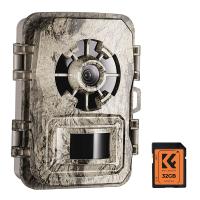
There are no comments for this blog.